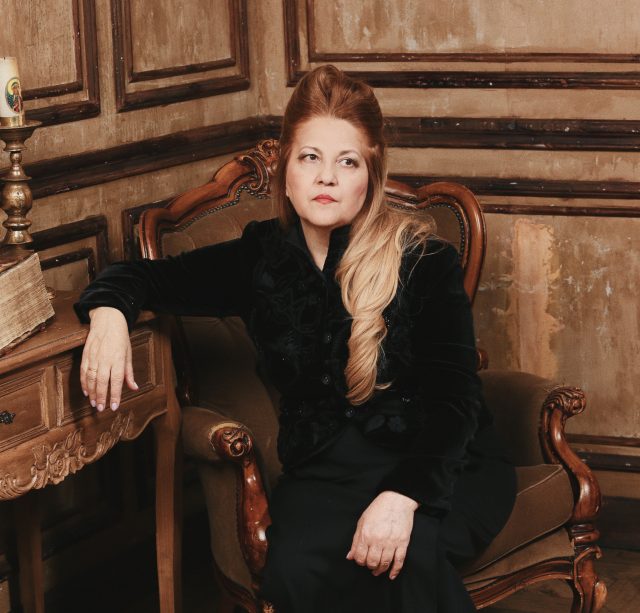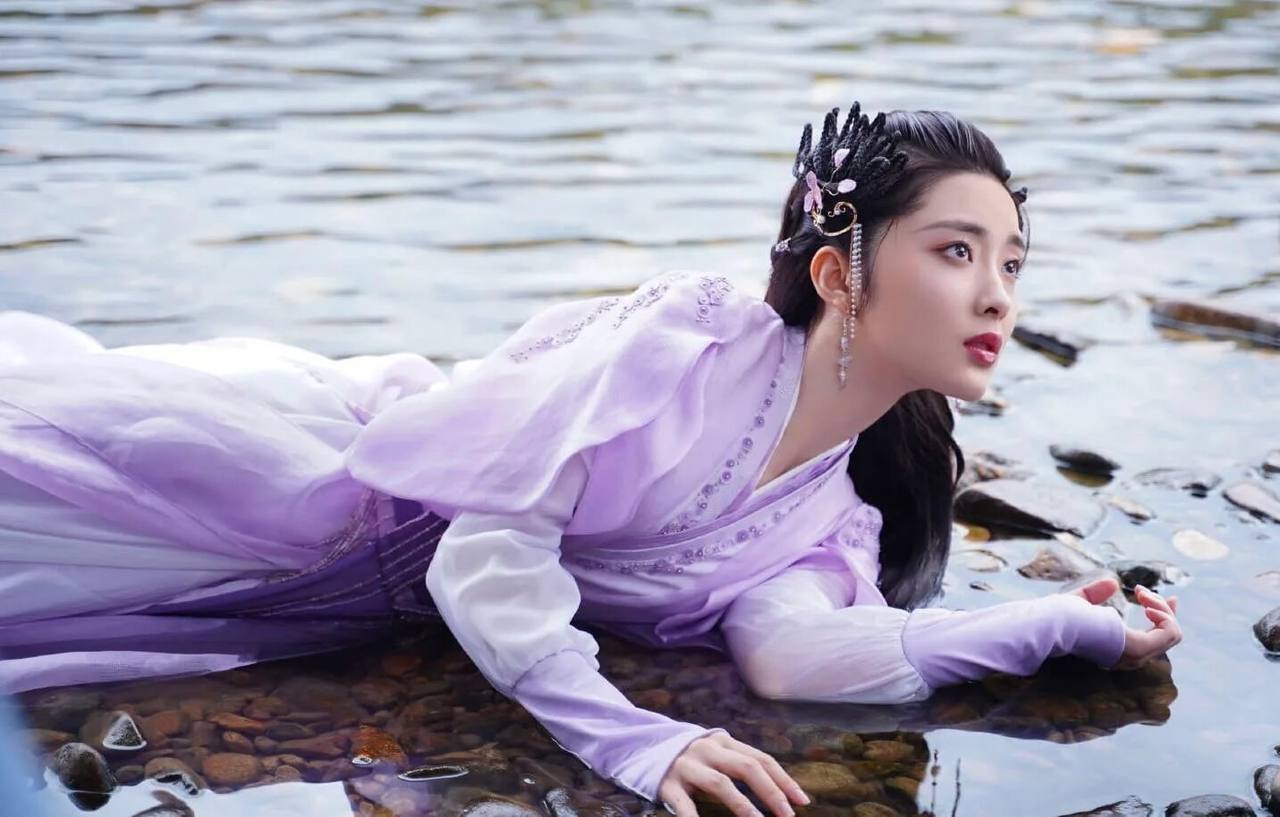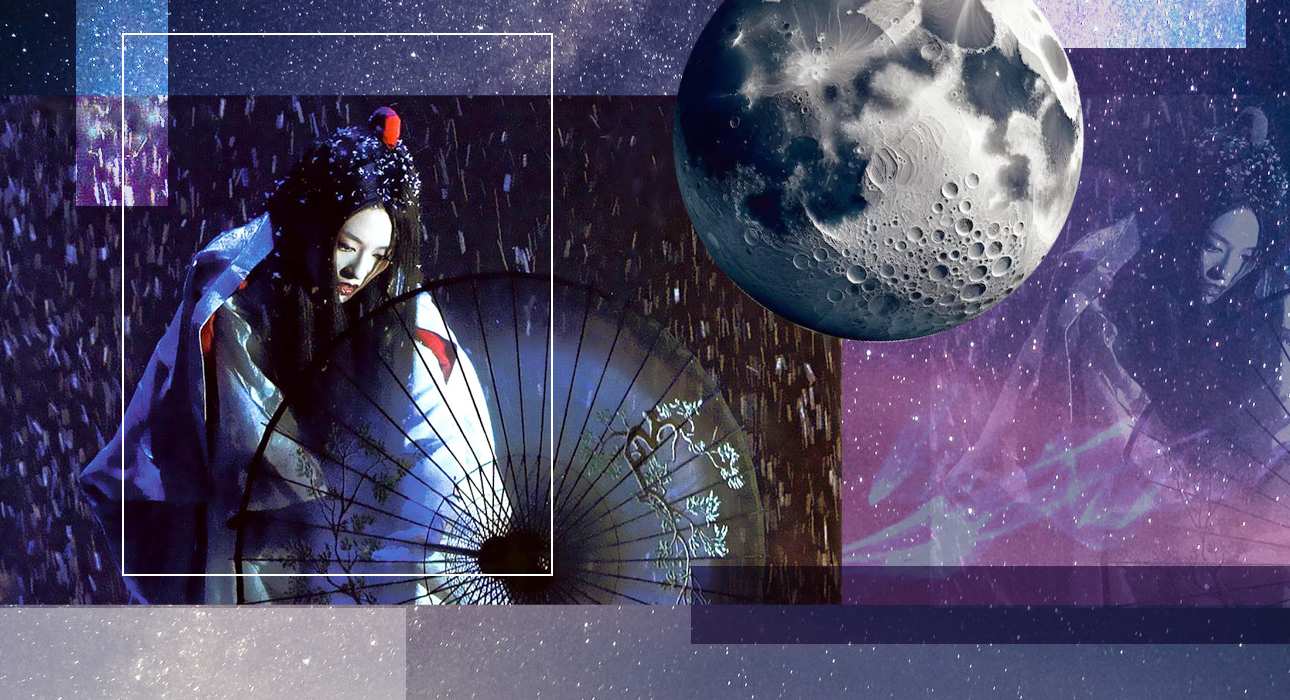The moon is an eternal mystery that has captivated people’s imagination for thousands of years, forcing people to interpret its cold glow in different ways. This celestial object inspired poets to write poetry and inspired ancient sages to think about the mysterious forces that influence our lives. And of course ordinary people also looked at the sky and tried to independently interpret the signs of fate. His observations and predictions gave rise to many legends and superstitions.
People in different parts of the world have interpreted the new moon and eclipses in their own way, depending on the events taking place. While some found these signs unlucky and explained them as punishment from the gods, others, on the contrary, waited for the Moon to illuminate the path of the lovers who ran away from everyone and took refuge in the night.
Astrologist and clairvoyant Galina Yanko talked especially for The Fashion Vibes about the beautiful and terrible legends of different nations of the world about the Moon.

Galina Yanko, astrologer and clairvoyant
Chinese

In Chinese mythology, the Moon is not only a source of light in the night sky, but also the home of a mysterious resident, the moon rabbit. According to legends, he sits on the Moon and prepares a magical elixir of immortality for the gods. Imagine: it is night, the full moon, and somewhere above, high in the sky, a little hardworking rabbit is diligently stirring a pot containing a wonderful potion that gives eternal life. In Chinese culture, the moon symbolizes renewal, the cycles of nature and eternity, and the moon rabbit has become one of the most beloved legendary characters, a symbol of patience and devotion.
Scandinavian countries

In Scandinavian mythology, the Moon is not just a celestial body, but also a whole character called Máni, who carries his own difficult fate. This is a man who drives across the sky every night. However, his journey is not peaceful at all because he is pursued by a giant wolf. This wolf wants to swallow the moon and one day he will succeed! According to legends, when the wolf finally catches and swallows Máni, this will be the beginning of the end of the world – Ragnarok, when the whole world will collapse and not even the gods will be able to escape. However, the fact that the Moon shines in the sky every night means that its time has not yet come.
Sweetcorn
In Egyptian mythology, the Moon is the eye of the god Horus who watches over the world. According to legend, Horus, the god of the sky and the sun, fought with his arch-enemy Set, the god of chaos, and lost one of his eyes in one of these battles. But fortunately this eye was repaired with the help of magic and has since become a symbol of protection and vigilance. The moon, like this eye, shines to maintain order in the world. When the lunar eclipse occurred, the Egyptians believed that at that moment Horus would face Set again and their ancient war for control of the world would continue. Whenever the moon disappeared, people watched with bated breath: will Horus win again and his bright eye return to the sky? Luckily, the Moon always returned, defeating the darkness and reminding everyone that even in the darkest moments, there is always more light.
Türkiye and other eastern countries
In Islam, the moon and crescent play a special role, symbolizing the path to God and the beginning of a new cycle. The crescent, which can be seen on the flags of many Islamic countries, was not always a religious symbol; It was originally used as a sign of good luck and protection. In Islamic culture, this simple but elegant symbol has gained a deeper meaning. The crescent became the personification of rebirth and new hope, reminding people that even after a dark night, a new day comes. As Earth’s natural satellite, the Moon always reminds us of the cyclical nature of life; After every trial comes renewal. Therefore, in Islam, the crescent not only marks the calendar in which important holidays such as Ramadan are celebrated, but also symbolizes belief in better things, in light after darkness.
Japan

In Japanese mythology, the Moon is the realm of Tsukiyemi, the god who rules time. According to legend, Tsukiyemi was once sent to earth to ensure the balance of light and darkness and the change of seasons. The Japanese believed that the Moon united the human world with the spirit world, especially during full moon moments. For example, lunar eclipses were considered a mystical period when the line between the two worlds became thinner and spirits could visit our world. In Japanese culture, the moon often inspired meditation and reflection, and autumn nights under the full moon became an awe-inspiring tradition – the Japanese gathered quietly to enjoy the moonlight, feel its mystical power, and reflect on the cyclical nature of life.
Source: People Talk
Errol Villanueva is an author and lifestyle journalist who writes for The Fashion Vibes. With a passion for exploring the latest trends in fashion, food, travel, and wellness, Errol’s articles are a must-read for anyone interested in living a stylish and fulfilling life.





